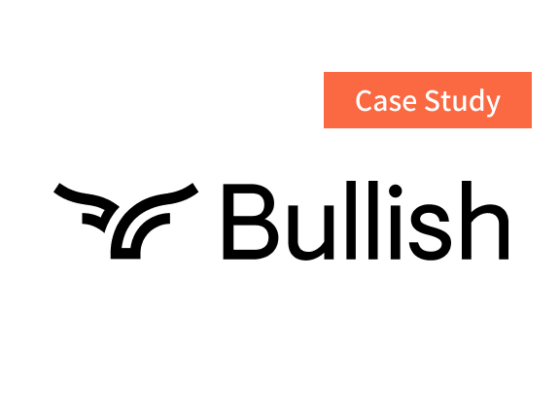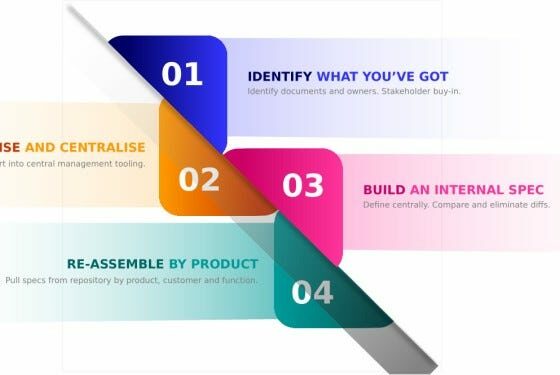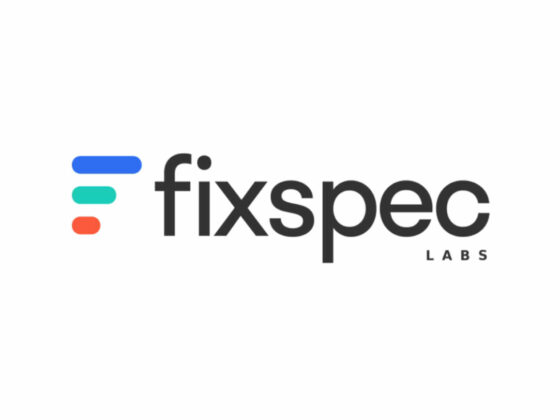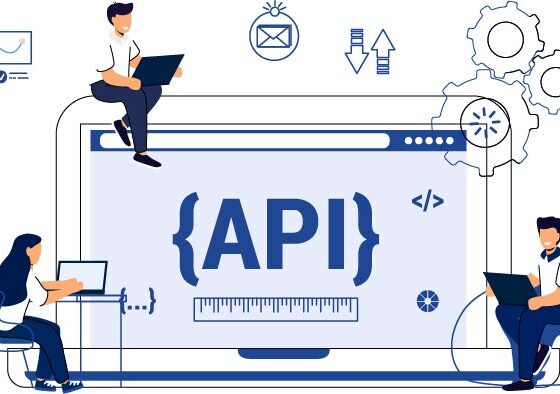Discover Better Customer Connectivity
https://fixspec.com/wp-content/themes/movedo/images/empty/thumbnail.jpg
150
150
FixSpec
//fixspec.com/wp-content/uploads/2022/05/fixspec_gantt_altblue_greystrokeAsset-17.png
Insights
Insights
- All
- Best Practice
- Industry Insights
- Press Release
Explore our FIX Launchpad Service
https://fixspec.com/wp-content/themes/movedo/images/empty/thumbnail.jpg
150
150
FixSpec
//fixspec.com/wp-content/uploads/2022/05/fixspec_gantt_altblue_greystrokeAsset-17.png
Explore our FIX Launchpad Service
Adding FIX connectivity to a Digital Asset exchange
https://fixspec.com/wp-content/uploads/2023/12/bullish-case-study-1.png
662
432
FixSpec
//fixspec.com/wp-content/uploads/2022/05/fixspec_gantt_altblue_greystrokeAsset-17.png
Adding FIX connectivity to a Digital Asset exchange
Build, buy or both: Striking a balance in software development
https://fixspec.com/wp-content/uploads/2023/12/AdobeStock_309686622.jpeg
1200
720
FixSpec
//fixspec.com/wp-content/uploads/2022/05/fixspec_gantt_altblue_greystrokeAsset-17.png
Build, buy or both: Striking a balance in software development
An introduction to FIX Appraisals
https://fixspec.com/wp-content/themes/movedo/images/empty/thumbnail.jpg
150
150
FixSpec
//fixspec.com/wp-content/uploads/2022/05/fixspec_gantt_altblue_greystrokeAsset-17.png
An introduction to FIX Appraisals
How To Build A Global FIX Spec
https://fixspec.com/wp-content/uploads/2023/09/1-UZBOWc13-ead5TFO4mrBUg.jpg
752
375
FixSpec
//fixspec.com/wp-content/uploads/2022/05/fixspec_gantt_altblue_greystrokeAsset-17.png
How To Build A Global FIX Spec
How To Build A FIX API
https://fixspec.com/wp-content/uploads/2023/09/API-450-300-450x298-1.jpg
450
298
FixSpec
//fixspec.com/wp-content/uploads/2022/05/fixspec_gantt_altblue_greystrokeAsset-17.png
How To Build A FIX API
FixSpec Announces Strategic Reorganisation
https://fixspec.com/wp-content/uploads/2023/08/fixpec-labs.jpg
1392
812
FixSpec
//fixspec.com/wp-content/uploads/2022/05/fixspec_gantt_altblue_greystrokeAsset-17.png
FixSpec Announces Strategic Reorganisation
Top 5 challenges faced by firms looking to automate
https://fixspec.com/wp-content/uploads/2023/05/automation.jpg
1920
1833
FixSpec
//fixspec.com/wp-content/uploads/2022/05/fixspec_gantt_altblue_greystrokeAsset-17.png
Top 5 challenges faced by firms looking to automate
How a Developer Hub can put your trading customers back in control
https://fixspec.com/wp-content/uploads/2023/04/fixspec-dev-hubAsset-1.jpg
750
394
FixSpec
//fixspec.com/wp-content/uploads/2022/05/fixspec_gantt_altblue_greystrokeAsset-17.png
How a Developer Hub can put your trading customers back in control
How a Developer Hub can help your customers make better API connections
https://fixspec.com/wp-content/uploads/2023/03/fixspec-dev-hub.svg
2959
1946
FixSpec
//fixspec.com/wp-content/uploads/2022/05/fixspec_gantt_altblue_greystrokeAsset-17.png
How a Developer Hub can help your customers make better API connections
How can FIX learn from the world of Open Banking
https://fixspec.com/wp-content/uploads/2023/03/open-banking-fixspec.jpg
1696
1166
FixSpec
//fixspec.com/wp-content/uploads/2022/05/fixspec_gantt_altblue_greystrokeAsset-17.png









